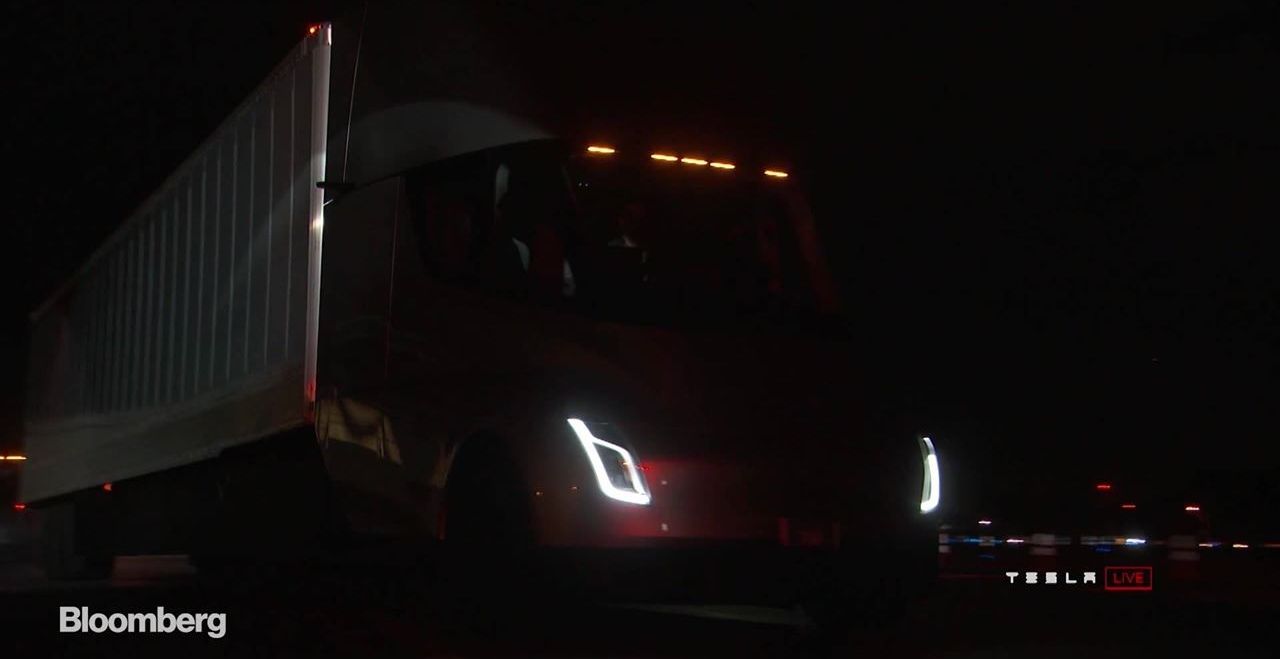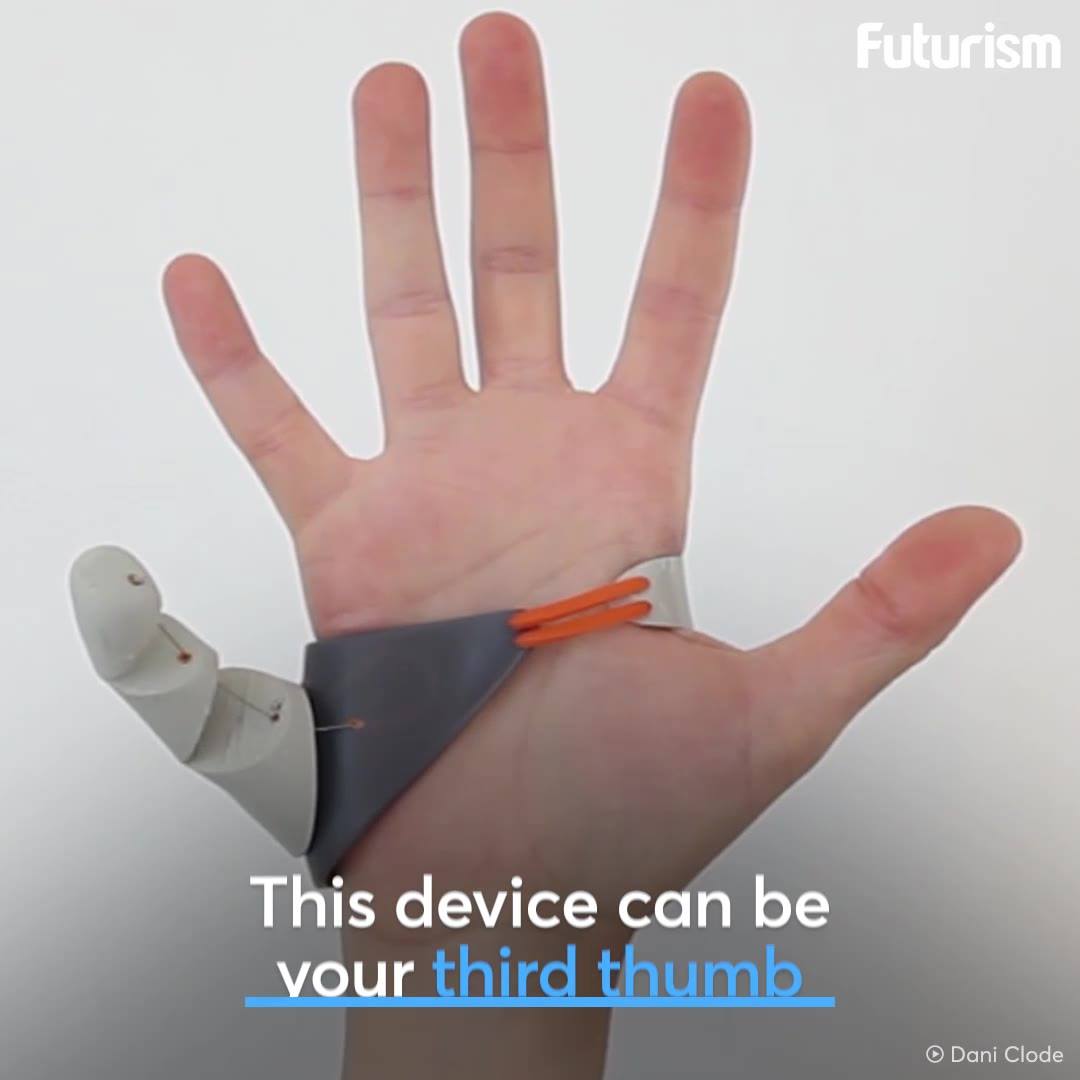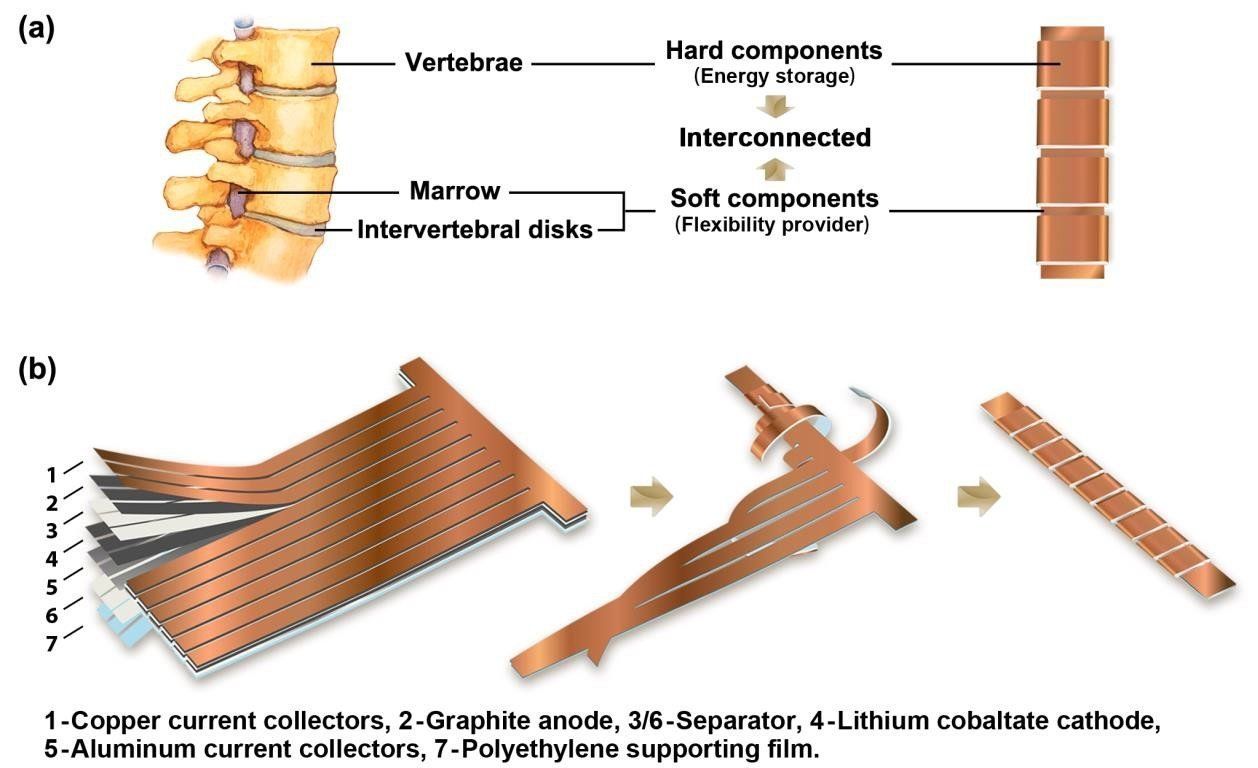Elon Musk just pulled off a Steve Jobs-ian “one more thing” surprise. https://bloom.bg/2zaIMum


Elon Musk just pulled off a Steve Jobs-ian “one more thing” surprise. https://bloom.bg/2zaIMum

We’re no stranger to robotics in the medical field. Robot-assisted surgery is becoming more and more common. Many training programs are starting to include robotic and virtual reality scenarios to provide hands-on training for students without putting patients at risk.
With all of these advances in medical robotics, three niches stand out above the rest: surgery, medical imaging, and drug discovery. How have robotics already begun to exert their influence on these practices, and how will they change them for good?



This tractor beam breakthrough means humans are one step closer to levitation. (via Seeker)




The Defense Department can’t stop the rising river of of digital metadata — or prevent enemies from dipping into it.
The Pentagon has long wrapped Diego Garcia in a veil of secrecy, barring media from the Indian Ocean island even as its base and airfield became a key node in America’s wars in the Middle East. But a hole appeared in the veil last Saturday, when a mobile fitness-tracking app company called Strava posted a heatmap of its subscribers’ activity — including the routes that sailors and airmen take as they jogged.
“What you saw from the running patterns is exactly what I experienced when I was deployed there five times between 1985 and 1999,” Air Force General Paul Selva, vice chairman of the Joint Chiefs of Staff, recalled in a breakfast with reporters on Tuesday. A heavily secluded jungle trail runs along the island’s western edge, Selva said, perfect for an ambush. “I’ve run it a thousand times. If I had a FitBit, I would have contributed to the map of Diego Garcia.”

The rapid development of flexible and wearable electronics is giving rise to an exciting range of applications, from smart watches and flexible displays—such as smart phones, tablets, and TV—to smart fabrics, smart glass, transdermal patches, sensors, and more. With this rise, demand has increased for high-performance flexible batteries. Up to now, however, researchers have had difficulty obtaining both good flexibility and high energy density concurrently in lithium-ion batteries.
A team led by Yuan Yang, assistant professor of materials science and engineering in the department of applied physics and mathematics at Columbia Engineering, has developed a prototype that addresses this challenge: a Li-on battery shaped like the human spine that allows remarkable flexibility, high energy density, and stable voltage no matter how it is flexed or twisted. The study is published today in Advanced Materials.
“The energy density of our prototype is one of the highest reported so far,” says Yang. “We’ve developed a simple and scalable approach to fabricate a flexible spine-like lithium ion battery that has excellent electrochemical and mechanical properties. Our design is a very promising candidate as the first-generation, flexible, commercial lithium-ion battery. We are now optimizing the design and improving its performance.”